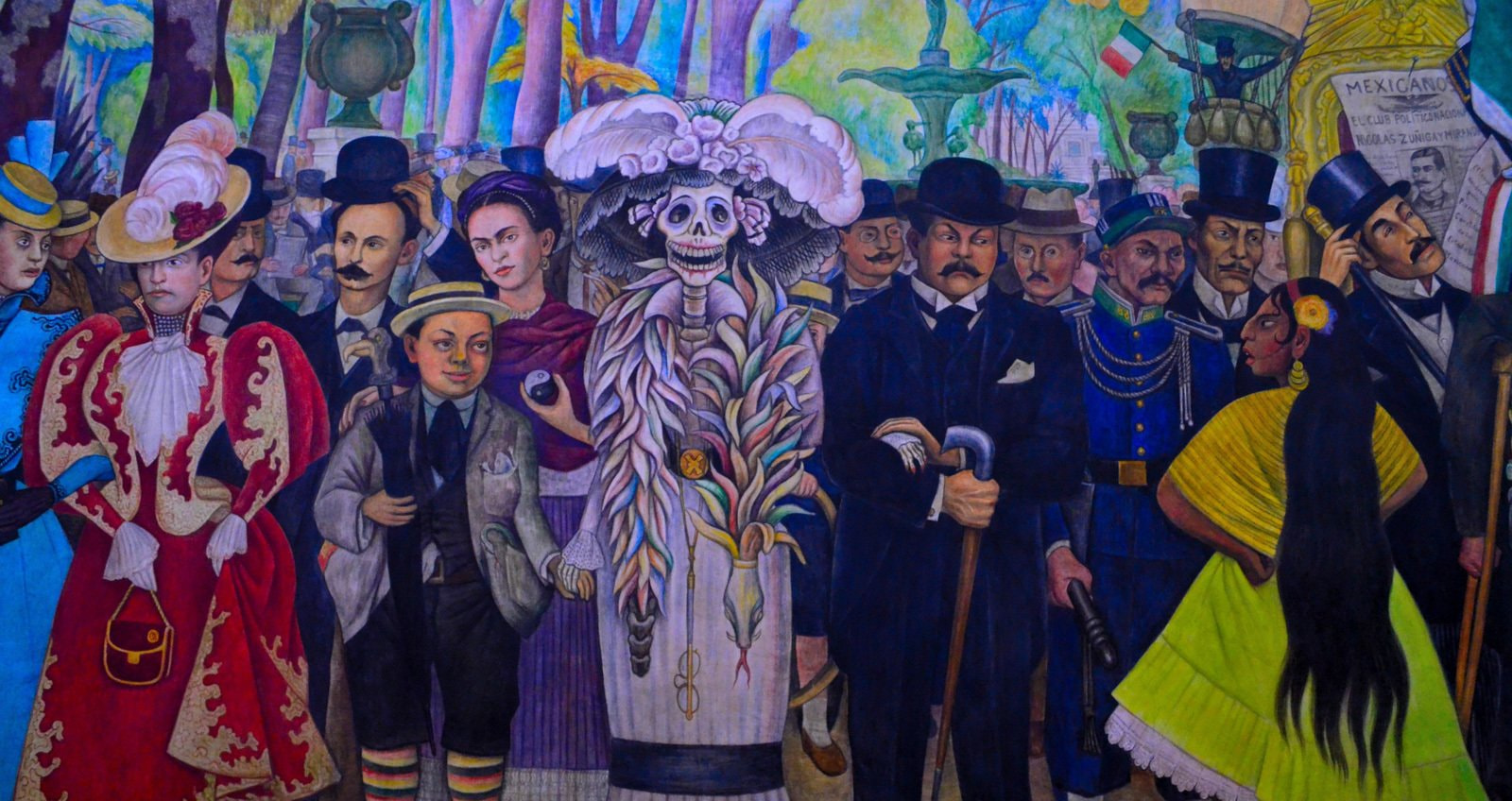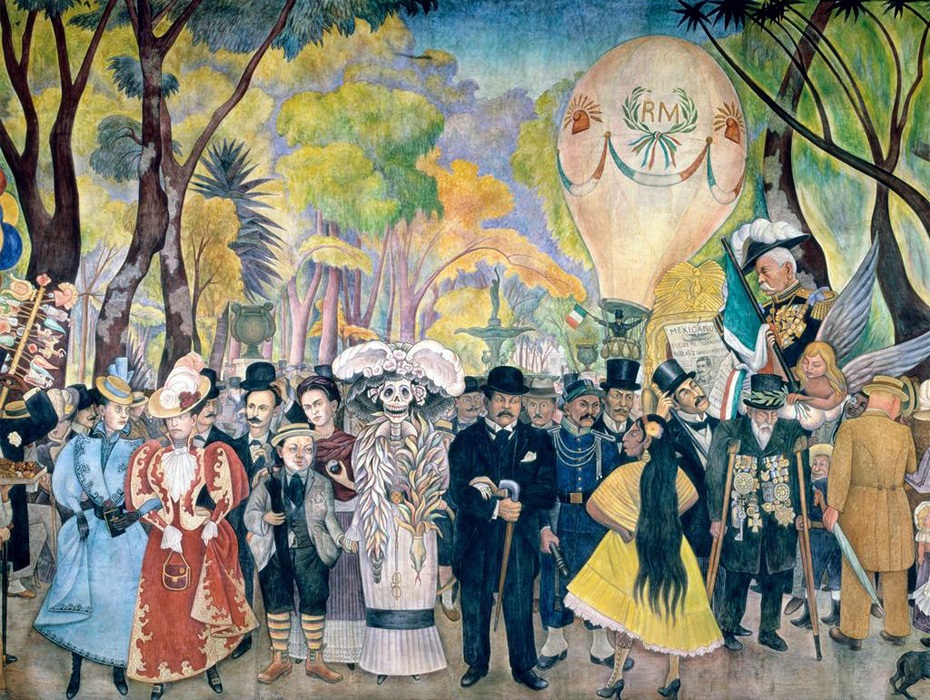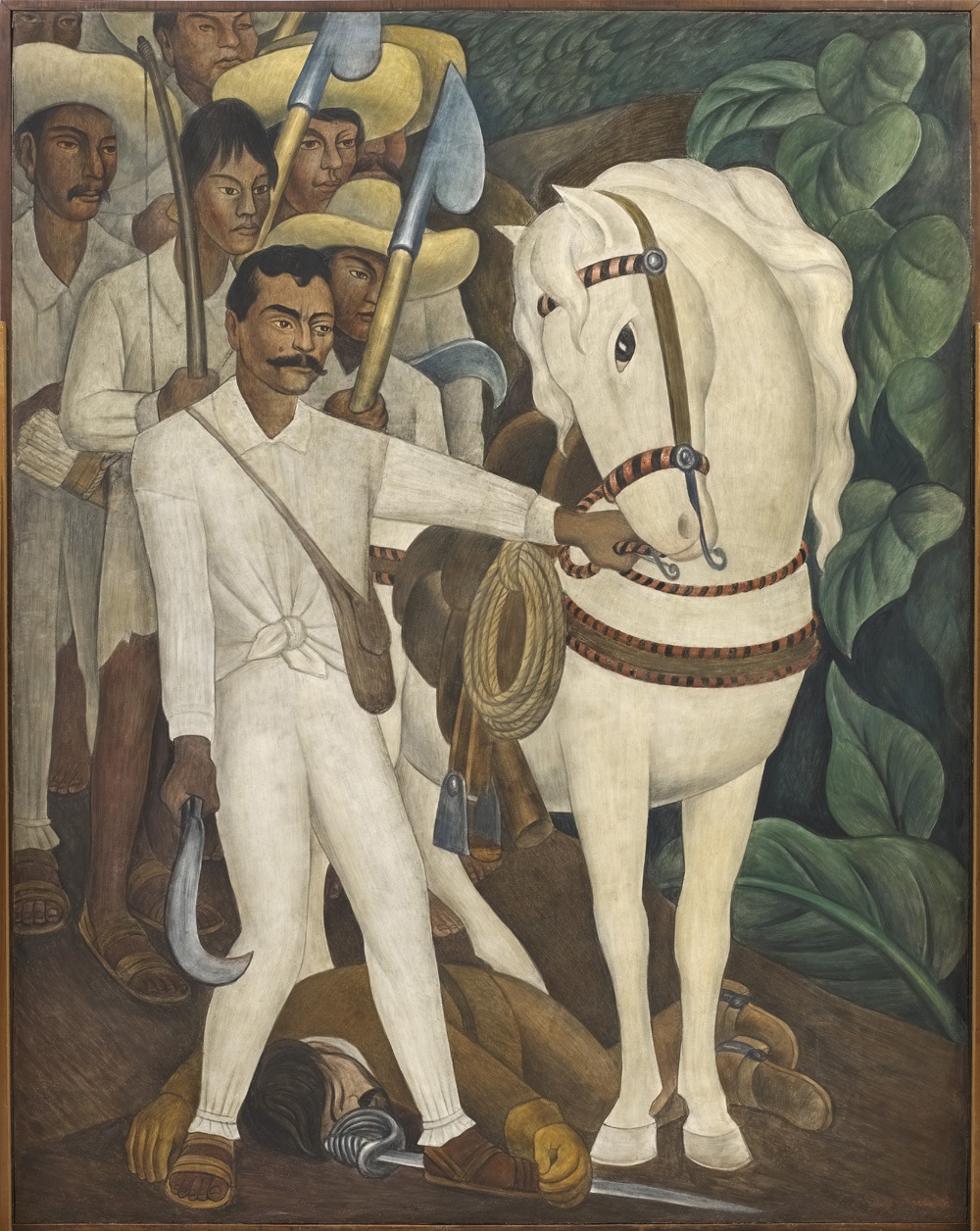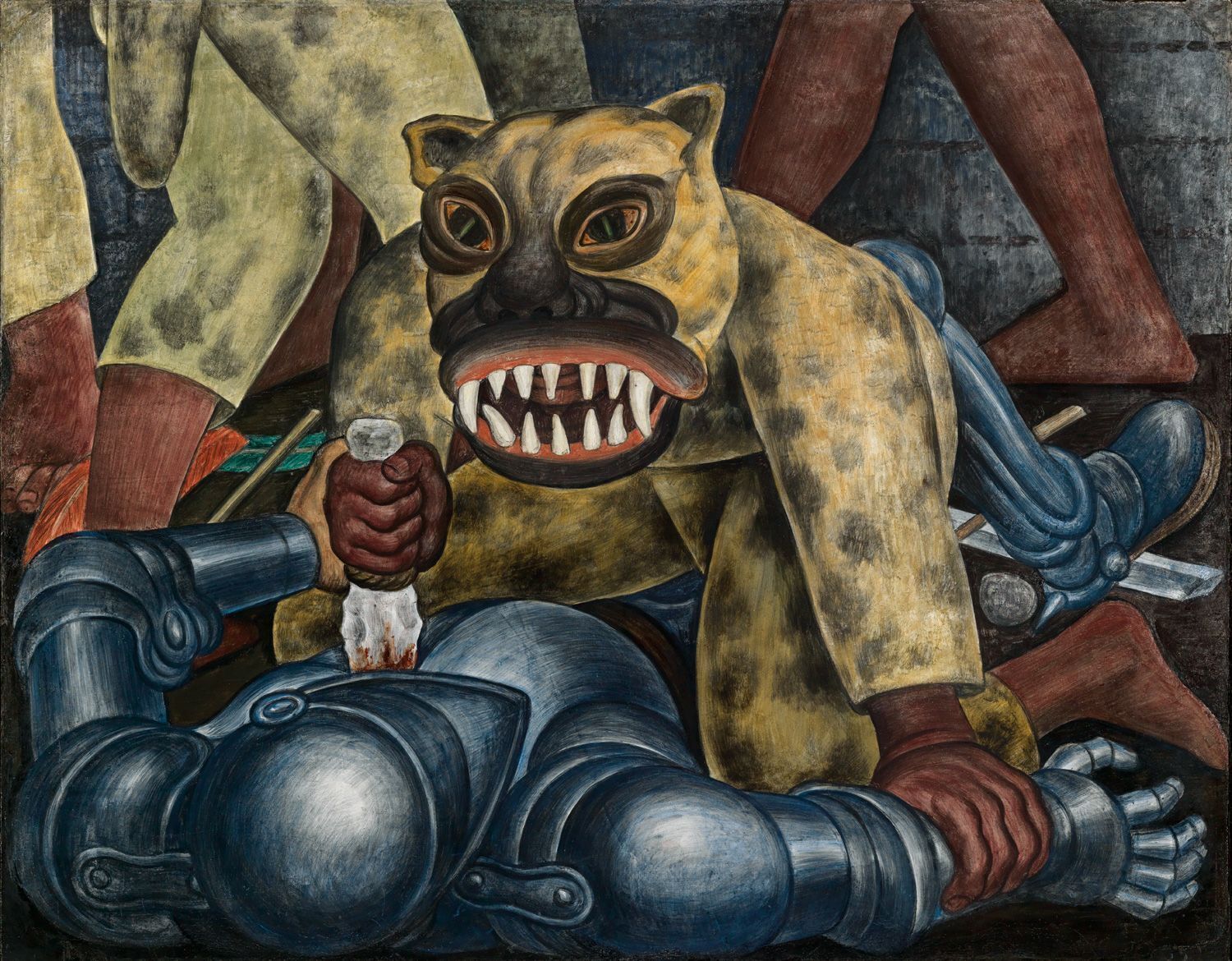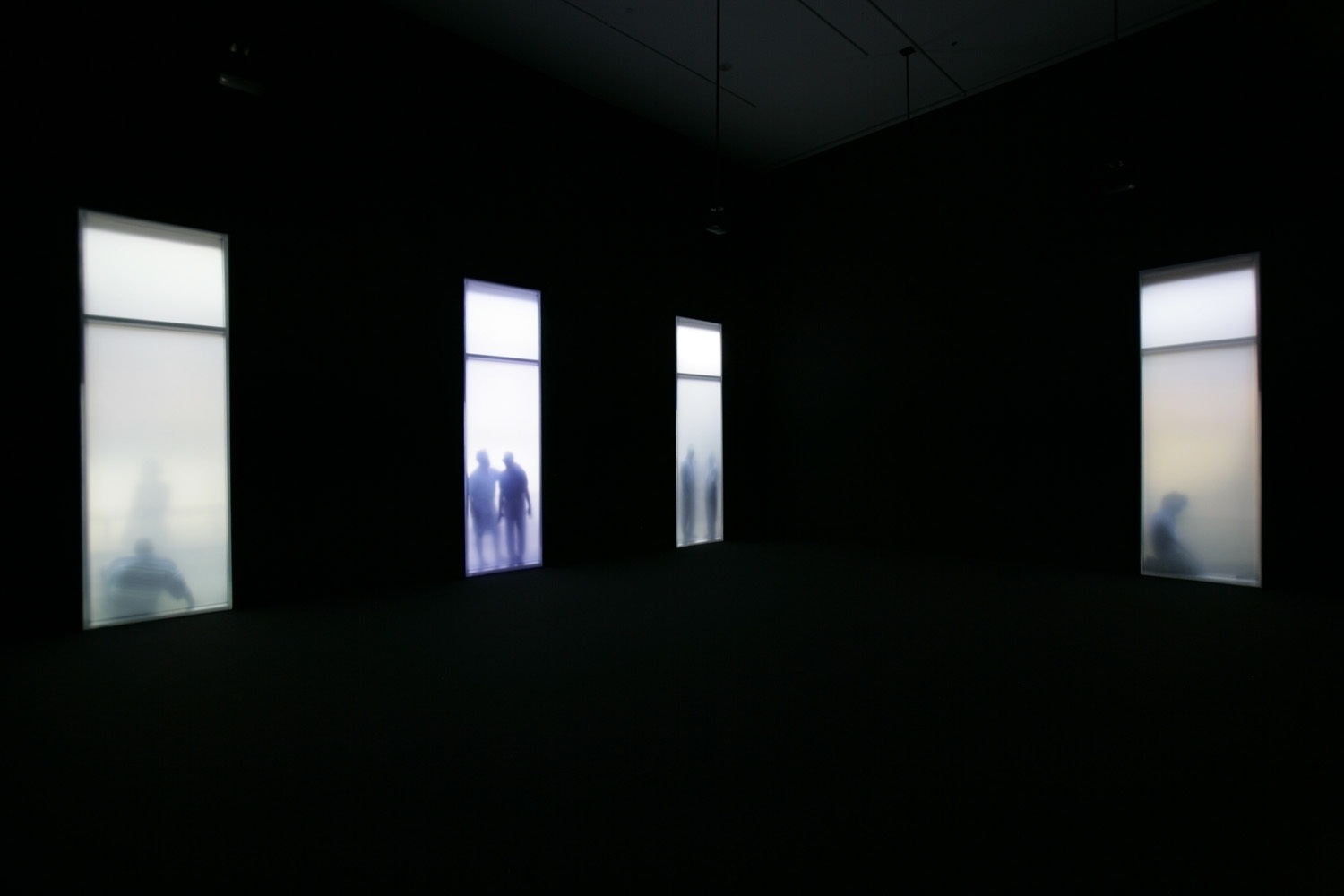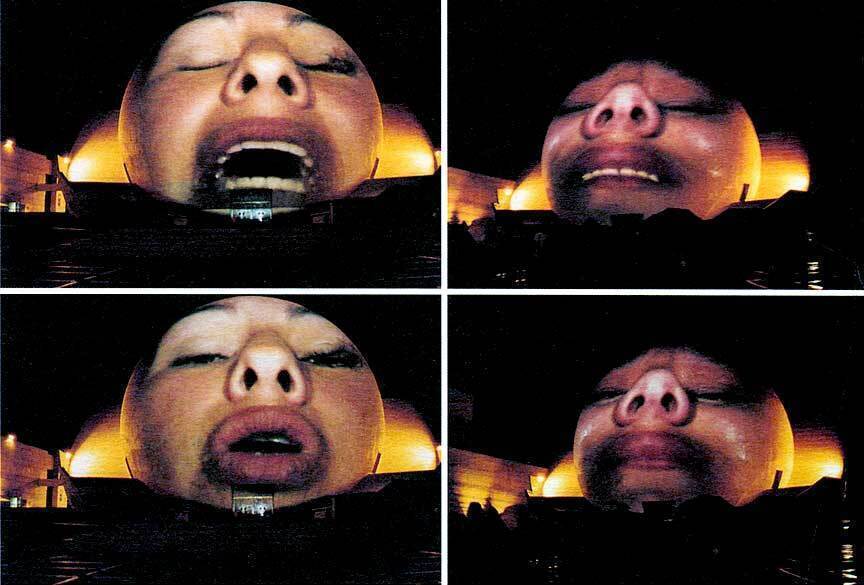Irina Kulik’s new lecture season opens with a talk about two artists whose love for monumental forms informed their signature styles.
Diego Rivera (1886–1957) was a Mexican artist of left political views, at various times a member of the Mexican Communist Party and Trotskyist. After studying art in his home country and Spain, for the rest of his life Rivera traveled widely in Europe and the US and made two visits to the Soviet Union. In the late 1930s he and his third wife Frida Kahlo offered a temporary shelter to Leon Trotsky at their house in Mexico City following the latter’s escape from the Stalinist Russia. Rivera’s main mediums were monumental paintings and frescoes depicting historical or folklore plots, but he also made prints and sculptures. One of the most colossal figures in twentieth-century art, Rivera’s first comprehensive retrospective was held as early as 1931 at MoMA New York.
Contemporary Polish artist and university professor Krzysztof Wodiczko (b. 1943) has been making monumental video and slide projections onto architectural structures and exhibition spaces since the early 1980s. His key themes include personal and social experience in the context of war and historical traumas, cultural memory and oblivion, and differences and interconnections between national identities. Wodiczko's ambitious Guests project displayed in the Polish pavilion represented his country at the 53rd Venice Biennale in 2009. Since 1991, he has been teaching art and its relationship with the public sphere at various art schools in Poland and the USA. Wodiczko currently lives and works in New York.
